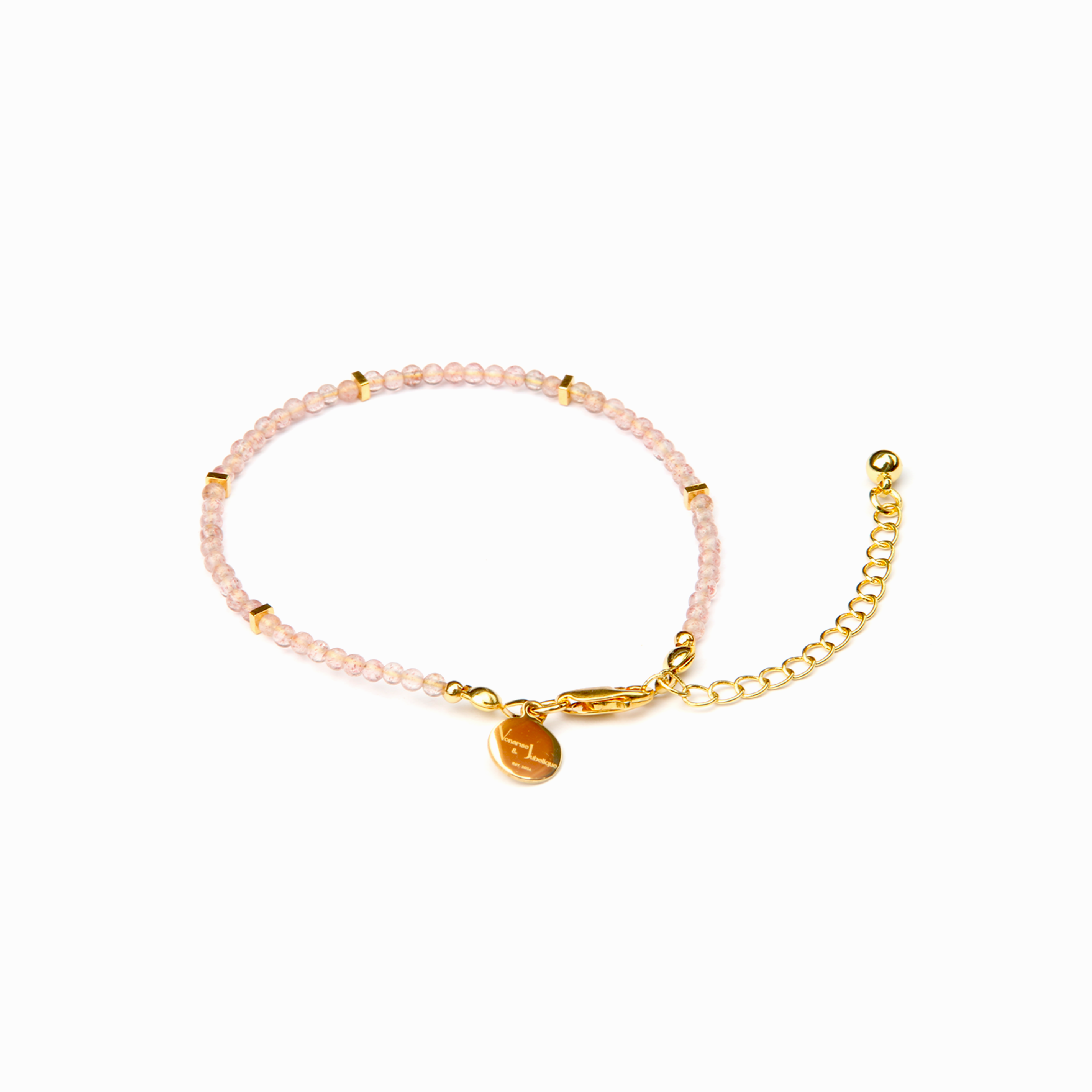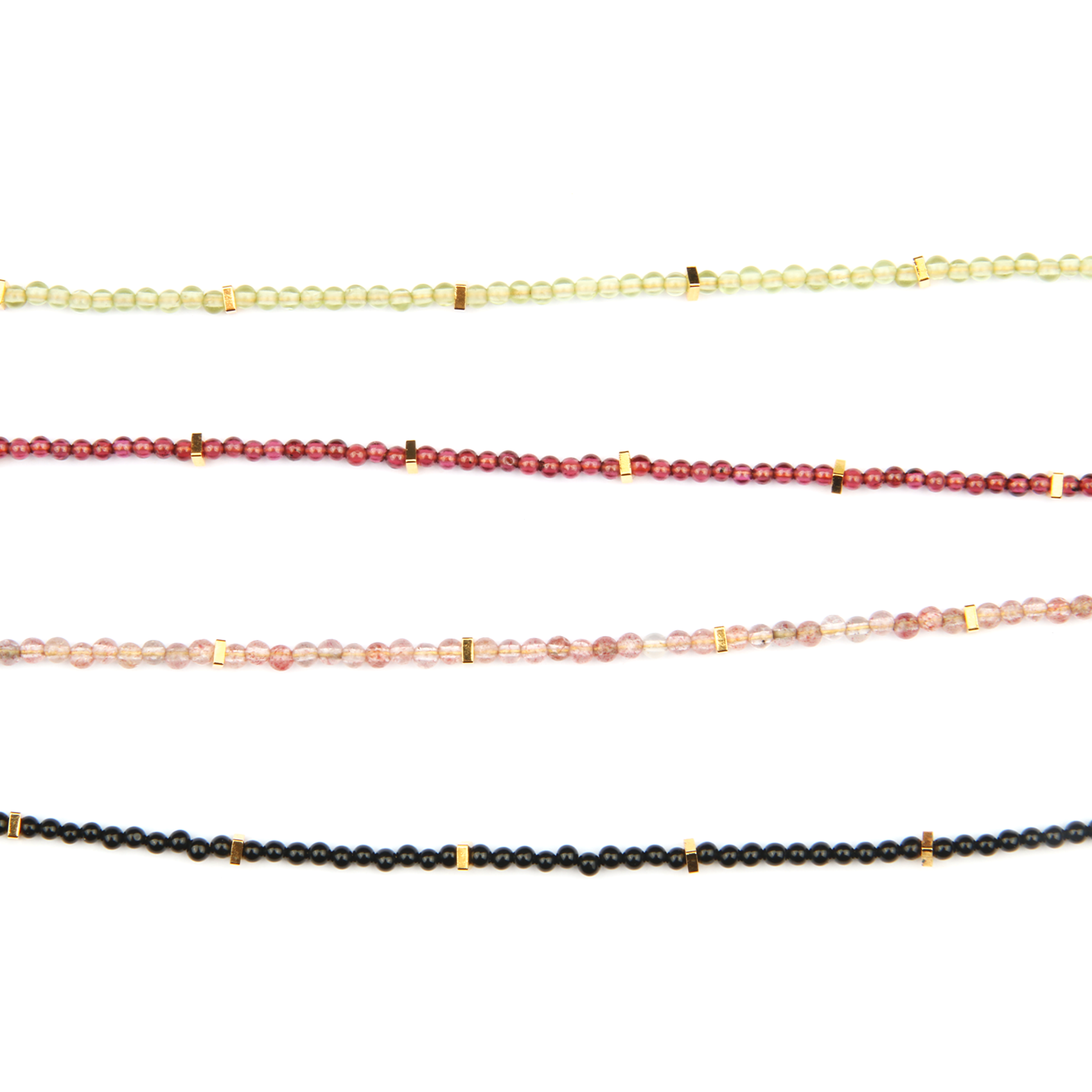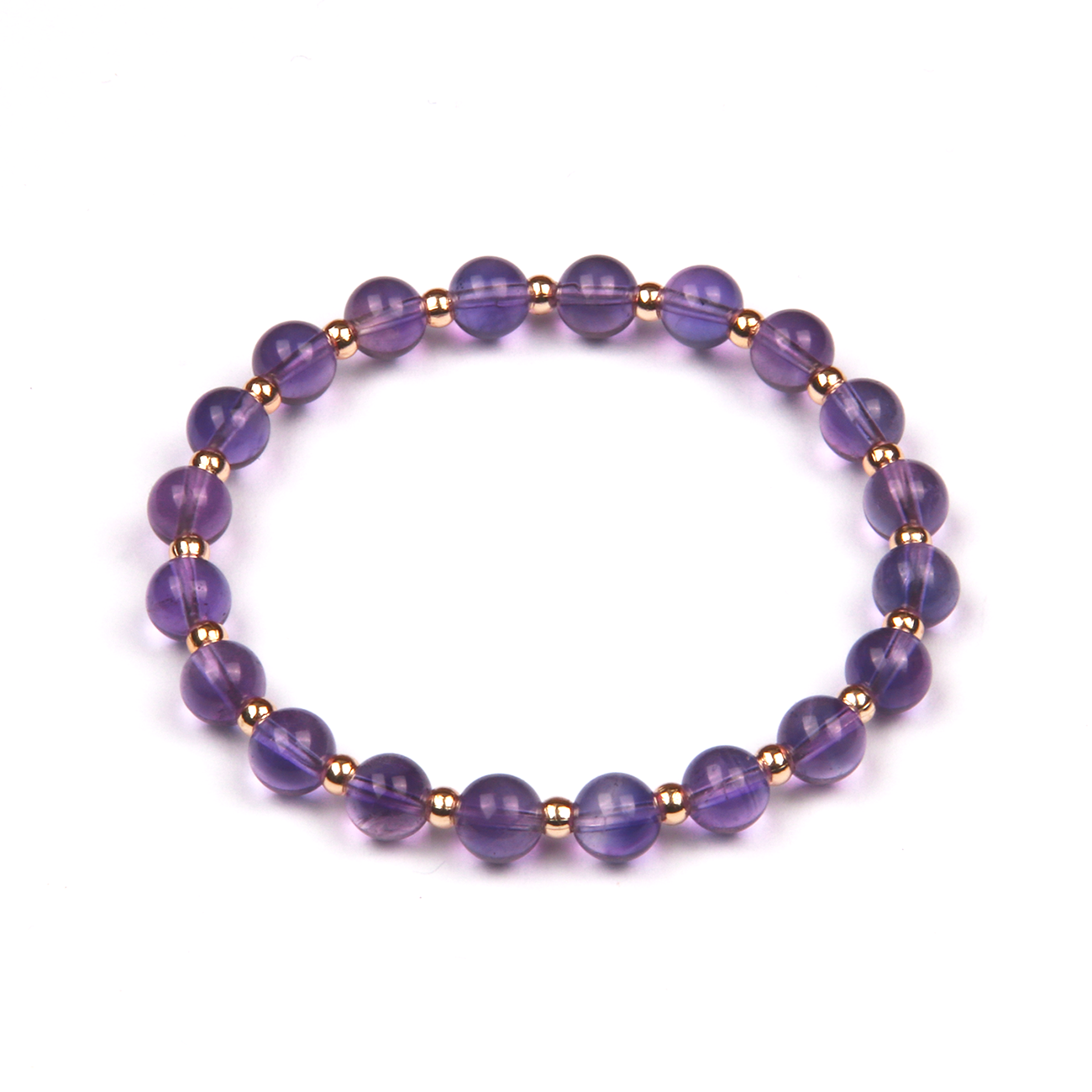Obsidian
The Gemstone of Protection and Strength
Obsidian is an ancient and powerful volcanic glass prized for its protective energy, sharp aesthetics, and deep historical significance. Used for millennia in weaponry, spiritual rituals, and jewelry, obsidian remains a favorite among gemstone enthusiasts.
This guide explores obsidian’s origins, formation, cultural symbolism, market value, jewelry uses, gemstone pairings, color inspirations, and a fun discussion topic to help you fully appreciate its uniqueness.
Origin of Obsidian
Obsidian is found in volcanic regions worldwide, where it forms from rapidly cooled lava. The most notable sources include:
-
United States (Oregon, California, Arizona, Hawaii) – Home to several varieties, including rainbow and snowflake obsidian.
-
Mexico – Famous for its high-quality black and gold-sheen obsidian, historically used by the Aztecs.
-
Iceland – Produces deep black obsidian with smooth, reflective surfaces.
-
Italy (Lipari Islands & Mount Etna) – Known for its glassy, sharp-edged obsidian.
-
Japan – A traditional source of black and mahogany obsidian.
-
Ethiopia & Armenia – Some of the oldest obsidian artifacts in human history come from these regions.
While black obsidian is the most common, rainbow, mahogany, snowflake, and gold-sheen obsidian varieties add to its appeal.
Formation Process of Obisidian
Unlike crystalline gemstones, obsidian is an amorphous volcanic glass that forms through rapid cooling of lava with high silica content.
Formation Process:
-
Volcanic Eruption – Lava rich in silica erupts from a volcano.
-
Rapid Cooling – Instead of forming crystals, the lava cools too quickly, creating natural glass.
-
Minimal Crystal Growth – Obsidian lacks a crystal structure, giving it a smooth, sharp texture.
-
Natural Weathering & Variations – Other minerals or gas bubbles create different types of obsidian (e.g., snowflake obsidian forms when cristobalite inclusions create white patterns).
Due to its sharp edges and high durability, obsidian was historically used for cutting tools and weapons.
Cultural Significance and Meaning of Obisidian
Obsidian has been revered for thousands of years in various cultures for its protective, transformative, and grounding properties.
Symbolism & Historical Uses:
-
Ancient Mesoamerican Civilizations – The Aztecs and Mayans crafted obsidian knives, mirrors, and arrowheads, believing it had spiritual and practical power.
-
Native American Tribes – Used for scrying, healing, and protection.
-
Ancient Rome & Greece – Obsidian was carved into protective amulets and talismans.
-
Japanese Samurai – Obsidian was embedded in weapons and armor for strength and protection.
-
Modern Metaphysical Meaning – Considered the Stone of Truth and Protection, obsidian is believed to:
-
Absorb negative energies and psychic attacks.
-
Reveal hidden truths and subconscious patterns.
-
Offer clarity, grounding, and emotional resilience.
-
Because of its dark, reflective nature, obsidian is often used for meditation, energy cleansing, and self-reflection.
Market Value and Rarity
Obsidian is relatively common and more affordable than many gemstones, though rare varieties can command higher prices.
-
Price Range:
-
Standard Black Obsidian: $1 – $10 per stone.
-
Snowflake or Mahogany Obsidian: $5 – $30 per piece.
-
Gold-Sheen or Rainbow Obsidian: $20 – $100 per carat.
-
High-Quality Jewelry Pieces: $50 – $500+, depending on craftsmanship.
-
-
Factors Affecting Value:
-
Color & Sheen: Uncommon varieties like rainbow and gold-sheen obsidian are more valuable.
-
Cut & Polish: Well-polished pieces fetch higher prices.
-
Rarity of the Source: Obsidian from historical or sacred sites holds collector’s value.
-
While obsidian is affordable, its bold aesthetic and protective energy make it highly desirable in jewelry and spiritual practices.
Obsidian Properties
External
Career & Success
Leadership & Power
Relationships & Communication
Harmony & Unity
Inner
Resolution
Composure
Calmness
Virgo
Intuition
Zodiac


Element


Chakras

Planet

Mohs Hardness
5 - 5.5
Click to copy the Obsidian properties
Jewelry Uses and Fashion Tips
Obsidian’s dark, glossy surface makes it a versatile and dramatic choice for jewelry.
Best Jewelry Styles:
-
Cabochon Rings & Pendants – Highlights obsidian’s natural glass-like sheen.
-
Beaded Bracelets & Necklaces – Perfect for daily wear and grounding energy.
-
Engraved Amulets & Talismans – Worn for protection and spiritual clarity.
-
Minimalist & Gothic Jewelry – Enhances modern, edgy, or mystical aesthetics.
Fashion Styling Tips:
-
Classic & Elegant – Pair with gold or silver for a sleek, refined look.
-
Bohemian & Natural – Wear with earthy tones like deep green, brown, and burgundy.
-
Edgy & Gothic – Combine with black clothing, leather, and metallic accents for a bold style.
Obsidian’s timeless appeal makes it ideal for both modern and traditional designs.
Pairing Obsidian with Other Gemstones or Materials
Complementary Gemstones:
| Gemstone | Why It Pairs Well with Obsidian |
|---|---|
| Hematite | Enhances grounding and protective energy. |
| Amethyst | Balances obsidian’s intensity with a calming spiritual touch. |
| Labradorite | Adds a mystical shimmer and intuitive energy. |
| Red Jasper | Brings warmth and vitality to obsidian’s dark elegance. |
| Clear Quartz | Amplifies obsidian’s energy-cleansing properties. |





Best Metal & Material Pairings:
-
Sterling Silver & White Gold – Creates a modern, sophisticated contrast.
-
Yellow Gold – Adds a luxurious, antique-inspired feel.
-
Dark Wood – Complements obsidian’s earthy, protective energy.




These pairings enhance both the aesthetics and metaphysical properties of obsidian jewelry.
Crystal Color Palettes for Artistic and Fashion Inspiration
Obsidian’s deep black sheen and subtle variations inspire striking color palettes. Here are five colors that complement its natural beauty:

- #0C0C0C Obsidian Black – A pure, inky black with a glassy finish.
- #4E4E50 Smoky Gray – A neutral tone that enhances obsidian’s elegance.
- #9B111E Crimson Red – A bold accent color that pairs beautifully with black obsidian.
- #301934 Deep Purple – Adds a mystical, royal touch to obsidian’s darkness.
- #B08D57 Gold-Sheen – Inspired by gold-sheen obsidian, it brings warmth and opulence.
These colors work well in fashion, jewelry design, home decor, and artistic creations.
Obsidian was one of the earliest materials used for making mirrors and weapons. Ancient civilizations believed that obsidian mirrors could reveal hidden truths and were even used for scrying (divination by gazing into a reflective surface). If you could use an obsidian mirror to look into the past or future, which moment in time would you want to see and why?
Let’s discuss in the comments!






Share:
Prehnite
Onyx